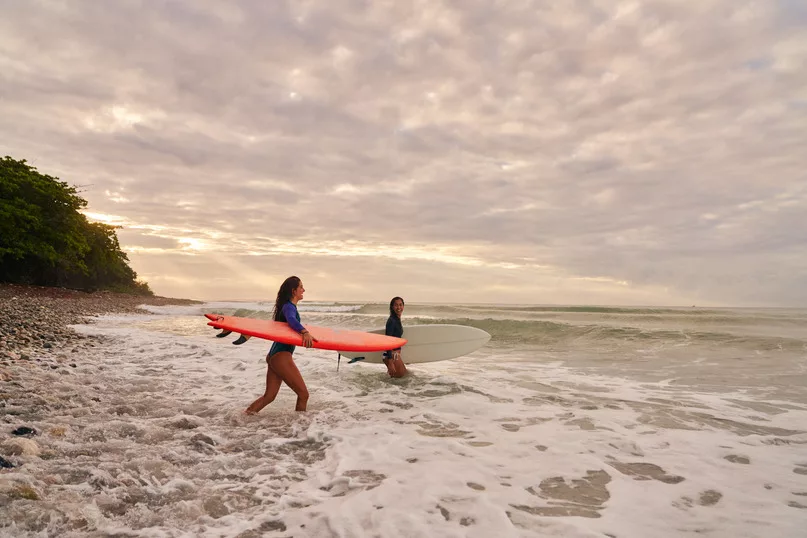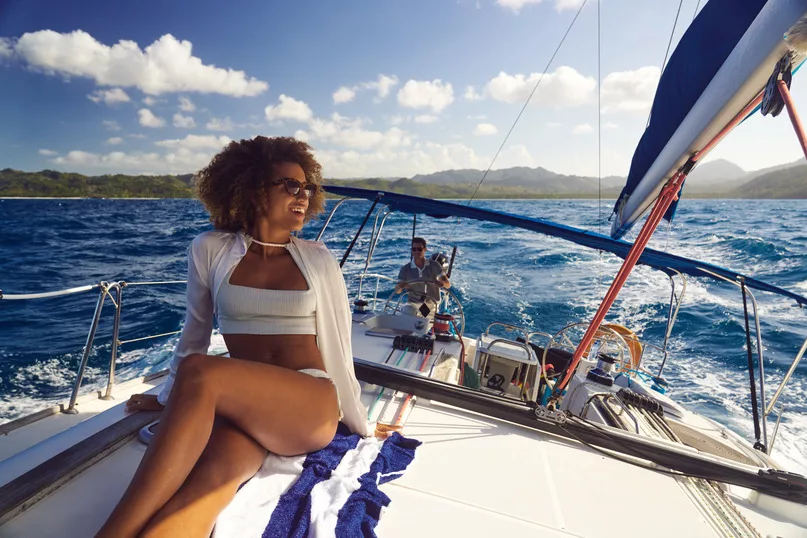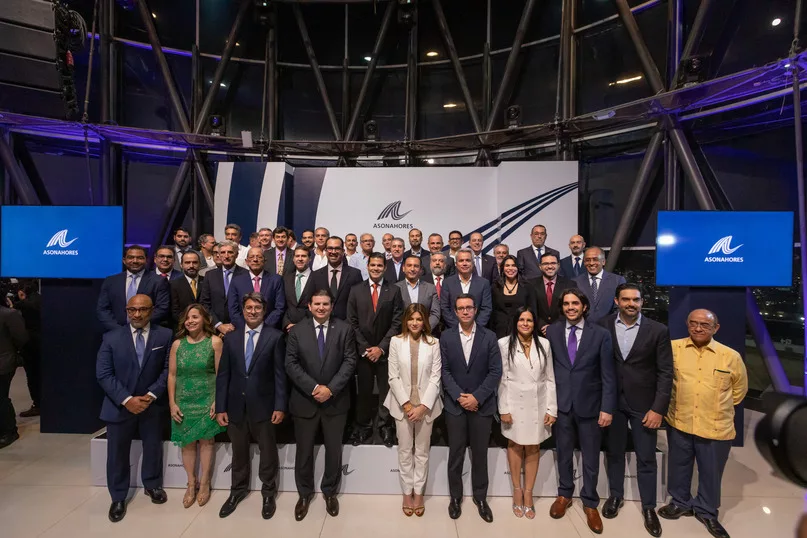As a prominent industry association in the Dominican Republic, ASONAHORES plays a vital role in promoting and supporting the development of its growing tourism industry, advocating for the interests of the country’s hospitality and travel sector.
ASONAHORES’ activities include providing resources and training for hospitality professionals, organising events and initiatives to boost tourism and related businesses, and shaping and advancing the tourism sector of the Dominican Republic’s economy. David Llibre, President, tells us more.
Q&A WITH DAVID LLIBRE, PRESIDENT, ASONAHORES
Can you talk us through the origins of ASONAHORES and its initial vision?
David Llibre, President (DL): The Hotel and Tourism Association of the Dominican Republic (ASONAHORES), is one of the oldest business associations in the country. It was established over 60 years ago as the National Hotel and Restaurants Association to represent the industry, promote tourism development, and establish actions between the government and the private sector.
The association emerged in 1962, due to the new socio-economic freedoms, representing a third of the 800 total hotel rooms in the country at that time and the most renowned restaurants in Santo Domingo.
By the end of the 1980s, the organisation went through an adaptation process to support the development of the tourism industry beginning to emerge in the East and already taking place in the North region, specifically in Puerto Plata.
With the emergence of the first regional hotel associations, ASONAHORES became a federation and created a new work plan in which it oversaw national scope matters, whilst the regional associations took care of issues specific to their respective areas with the support of the national organisation.
In 2010, ASONAHORES changed its bylaws to transform into an association that brings together the whole tourism sector, including hotels, airports, ports, real estate companies, tour companies, regional hotel associations, restaurant associations, and other organisations operating within the industry. As a result, ASONAHORES changed its name to the Hotel and Tourism Association of the Dominican Republic.
ASONAHORES membership includes the leading allied companies that supply services or products, thus assuming the role of a representative entity for all the tourism sector’s interests as a national productive activity.

Why should someone visit the Dominican Republic, and what type of travellers do the islands appeal to the most?
DL: The Dominican Republic has much to offer for every type of tourist. We are primarily known for our beaches and the range of hotel accommodations, featuring the presence of major hotel chains. This, together with the number of attractions our country offers, makes us a point of reference throughout the Caribbean region.
In addition, we have a variety of sports, recreation, and entertainment options, with luxurious and diverse accommodations. Still, the country offers rich cultural attractions and historical monuments, such as the Colonial City, the oldest city in America, where houses from that period are still preserved. We also maintain our ancestral flavour in gastronomy, whilst expanding our tourist offerings in ecotourism and adventure activities, national parks, mountain ranges, and rivers.
Similarly, in recent years, we have seen how health, shopping, events, and business tourism have consolidated in our country, further diversifying what our beautiful country has to offer.
What were the contributing factors to the recovery of the tourism industry in the Dominican Republic?
DL: Due to the COVID-19 pandemic, almost all of our hotels closed their doors for the first time. All our collaborators, including agricultural and industrial suppliers, tour providers, restaurants, carriers and taxi drivers, and artisans, were severely affected by the lack of income due to the absence of international tourists.
ASONAHORES reacted immediately, and in coordination with the government and private entities representatives, a plan was designed to handle the situation. Measures were proposed in the financial, labour, and health fields, which helped guide the action to prevent the collapse of our sector. Another fundamental aspect was the establishment of special sanitary policies to begin the reactivation of the tourism sector, arranged by the tourism cabinet and executed jointly between the public and private sectors, implementing measures that had not been applied by any other country in the region, within these policies, we highlight:
- Establishment of health protocols against COVID-19 for the entire tourism sector
- Insurance policy to cover risks associated with COVID-19 for tourists, free of cost
- Hotels and restaurant employees were among the first groups to be vaccinated

How do you market the Dominican Republic as both a luxury and cultural destination?
DL: The key is to promote the Dominican Republic as a complete destination, capable of responding to every tourist need, including the luxury and cultural markets.
Our Ministry of Tourism has a complete agenda with the objective of consolidating the position of the Dominican Republic in the main international markets and making new alliances that translate into the arrival of more tourists.
We are proud to be part of a special Marketing Committee where the public and private sectors meet regularly to create marketing strategies with the leading travel promoters, airlines, and other vital players in the tourism sector.
What ecotourism adventures does the Dominican Republic have to offer, and how is sustainability shaping the industry?
DL: The Dominican Republic is a vibrant country with much to offer regarding ecotourism adventures, including national parks, cenotes, ecological reserves, humid forests, desert areas, cliffs, caves, and waterfalls, among others.
Evidently, there are many options to indulge in adventures and pursue natural enjoyment, whilst still respecting the environment and local communities. I would recommend Constanza and Jarabacoa, in particular, as the main ecotourism adventure destinations.
On the other hand, in terms of sustainability, we have witnessed how hotels incorporate initiatives to measure and reduce energy use, water consumption, waste reduction, and carbon emissions. At the same time, they have established bedding reuse programmes, incorporated ecological cleaning products, and reduced single-use plastics. Hotels have also connected and contributed to their local communities.
I understand that this year is the 61st anniversary of ASONAHORES; how did you mark the occasion, and how has the Dominican Republic changed in the last 61 years regarding tourism?
DL: 61 years of growth trajectory has taught us that the life of business associations is a constant challenge and the story of ASONAHORES has been one full of learning.
With a formidable structure and international recognition, ASONAHORES is ready to continue consolidating itself and providing answers to the significant challenges we face in the country’s tourism sector. We acknowledge the legacy of nearly four generations of tourism leaders who made ASONAHORES the institution it is today and are committed to sustainable tourism development, allowing more tourists to experience the magic of one of the world’s most beautiful tourist destinations.
What are the association’s key priorities and goals for the future?
DL: We are committed to our three pillars: Sustainability, regulation, and air connectivity.
Regarding sustainability, we are committed to environmental practices in our industry, whilst also taking into consideration the socio-economic, cultural, and environmental aspects, allowing us to accurately manage the sustainability of tourism in the long-term.
In terms of regulations, we are working on proposals to regulate the vacation real estate accommodation currently offered through digital platforms. This will allow it to develop in an orderly and regulated manner without affecting the sustainability of the sector and the quality of our service offerings. Additionally, we wish to create a master plan for our tourist destinations, which considers the territory’s different aspects and ensures adequate development planning.
Finally, regarding air connectivity, we will continue encouraging new seats and routes and facilitating visitor migration processes, enabling our country to connect with more destinations. This will generate greater competition, and consequently, better airfares for our visitors.
What new things can the Dominican Republic offer to its tourists?
DL: The Dominican tourism industry aims to achieve the goal of receiving 10 million tourists in 2023. For the past two years, we have received over USD$1 billion in investment. These investments are directed towards established tourism destinations in our country, new areas like Miches and Pedernales, and the revitalisation of Puerto Plata through the Punta Bergantín project. At the same time, investment has been funnelled to develop complementary offers for our sector.
Meanwhile, we have also made extraordinary efforts to invest in new markets like South America, especially Brazil.
ASONAHORES has taken on the task of promoting each tourism destination in the country, promoting the Dominican Republic as a whole, and continuing to serve as a representative entity for our tourism sector.





























